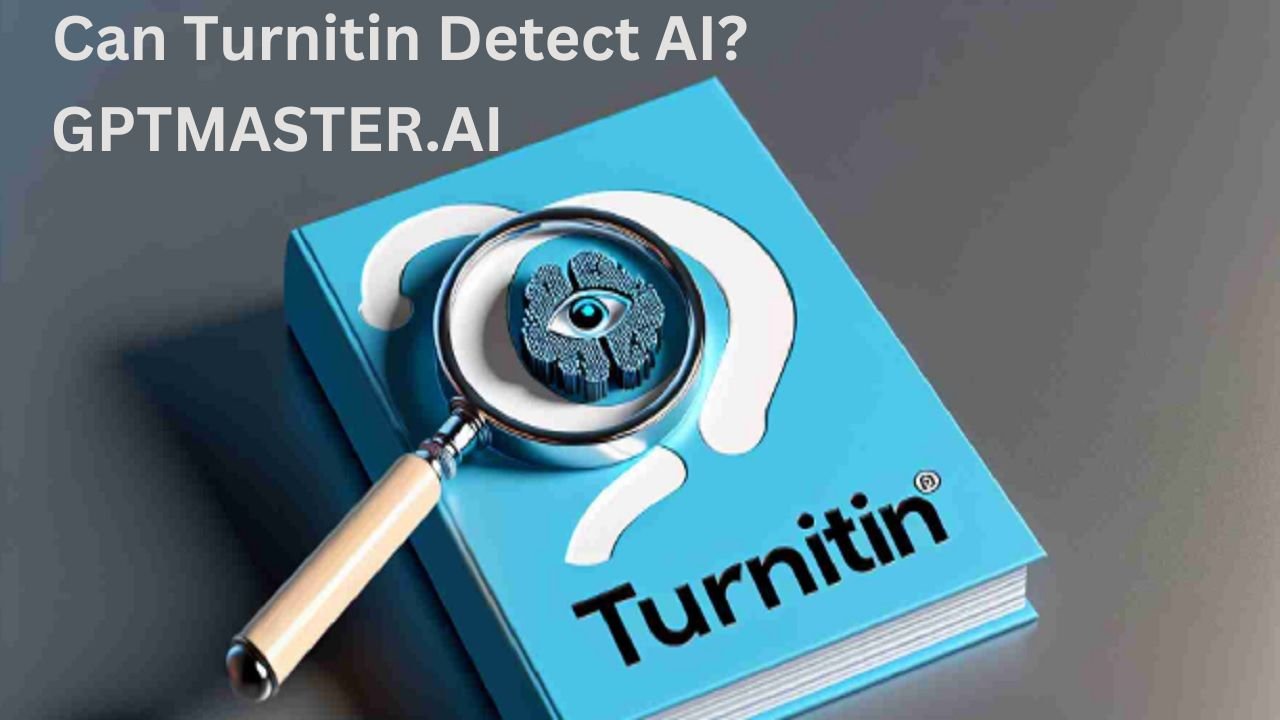In the realm of academia, integrity and authenticity are paramount. Plagiarism, whether intentional or accidental, undermines the credibility of research and academic discourse. To combat this issue, educational institutions and platforms like Turnitin employ sophisticated tools to detect plagiarized content. But can Turnitin’s detection capabilities extend to content generated by artificial intelligence (AI)?
SEE MORE : Why is Janitor AI Not Working: Troubleshooting Guide
Unveiling Turnitin’s AI Detection
Yes, Turnitin’s AI detection capabilities can indeed identify AI-generated content, including text produced by advanced AI writing tools like GPT-3.5 and its various iterations, such as ChatGPT. Moreover, Turnitin’s technology can discern content that has been further paraphrased using AI paraphrasing tools. This AI writing detection feature is seamlessly integrated into Turnitin’s Similarity Report, offering an added layer of scrutiny for submitted content.
The Scope of Detection
Turnitin’s AI writing detection isn’t omnipotent, but it boasts high effectiveness in correctly identifying AI-generated content when compared to other commercially available detectors. However, it’s essential to note that this feature is available for certain licenses, including Turnitin Feedback Studio, Turnitin Similarity, and Originality Check.
Furthermore, the AI writing indicator is designed to assist educators in identifying text potentially crafted by generative AI tools. Nevertheless, it’s crucial to exercise further scrutiny and rely on human judgment when assessing the results provided by Turnitin’s AI detection.
Underlying Technology
Turnitin’s AI detection is underpinned by Natural Language Processing (NLP), a branch of artificial intelligence that focuses on the interaction between computers and human language. Leveraging NLP, Turnitin’s system can analyze patterns and structures commonly associated with AI writing tools, aiding in the identification process.
MUST READ : How Does Artificial Intelligence Work?
Limitations and Workarounds
Despite its efficacy, Turnitin’s AI detection is not infallible. There exist methods to circumvent detection, such as abstaining from AI writing tools altogether and opting for unique topics and writing styles. Additionally, it’s worth mentioning that the AI writing indicator does not process non-English submissions at present.
Conclusion
In summary, Turnitin’s AI detection capabilities represent a significant stride in combating the proliferation of AI-generated content in academic settings. While the technology is adept at identifying such content, it’s crucial to acknowledge its limitations and the necessity of human judgment in the evaluation process.
As educational landscapes evolve and AI continues to advance, Turnitin remains committed to enhancing its detection capabilities, including extending support for non-English languages. Ultimately, the synergy between technology and human oversight remains indispensable in upholding academic integrity and fostering a culture of originality and authenticity.
Table: Pros and Cons of Turnitin’s AI Detection
| Pros | Cons |
| Effectively identifies AI-generated content | Not infallible; may yield false positives |
| Integrated into Turnitin’s Similarity Report | Limited support for non-English submissions |
| Helps educators maintain academic integrity | Bypassable by avoiding AI writing tools |
| Leverages Natural Language Processing (NLP) | Requires human judgment for accurate assessment |
With Turnitin’s ongoing efforts to refine its detection mechanisms, educators and institutions can better safeguard the integrity of scholarly work in an increasingly AI-driven world.

